Relay | What is a relay, its function, types and relay wiring
What is a Relay?
If you are from the electronics field, this word must be prevalent and if you are not, let us tell you all about it!
Relays are the switches that aim at closing and opening the circuits electronically as well as electromechanically. It controls the opening and closing of the circuit contacts of an electronic circuit. When the relay contact is open (NO), the relay isn’t energized with the open contact. However, if it is closed (NC), the relay isn’t energized given the closed contact. However, when energy (electricity or charge) is supplied, the states are prone to change.
Relays are normally used in the control panels, manufacturing, and building automation to control the power along with switching the smaller current values in a control circuit. However, the supply of amplifying effect can help control the large amperes and voltages because if low voltage is applied to the relay coil, a large voltage can be switched by the contacts.
If preventive relays are being used, they can detect overcurrent, overload, undercurrent, and reverse current to ensure the protection of electronic equipment. Last but not least; it is used to heat the elements, switch on audible alarms, switch the starting coils, and pilot the lights.
For example, when you push the button on a TV remote to watch TV, it sends an electrical signal to the “relay” inside the TV, turning the main power ON. There are various types of relays used in many applications to control different amounts of currents and number of circuits.


Types of Relays
In addition to the electromechanical and electromagnetic relay, there is a wide variety of relays with different working principles; principles of operation, and polarity.
When two different material gets in contact, a bimetallic strip is formed, and when it is energized, it bends. This bending allows the users to make contact connections
Electrothermal Relay Products
Relay consists of a coil, which receives an electric signal and converts it to a mechanical action and contacts that open and close the electric circuit.
When different mechanical parts are connected on the basis of the electromagnet, a contact connection is established.


Electromechanical Relay Products
Unlike mechanical relays, this type of relay has no moving contacts but instead employs semiconductor and electrical switching elements such as triac and MOS FET. By the operation of these electronic circuits, signals, currents and voltages are switched ON or OFF electronically.
The relay uses semiconductor devices to make a connection to ensure the effectiveness, efficiency, and easiness of the switching speed. This is commonly used for two reasons; a faster-switching process and durability
MOS FET / Solid State relay consists of the following three components:
1. LED chip
2. PDA chip
3. MOS FET chip


Solid State Relay Products
Relay Types as Per The Polarity
Polarized Relay
These relays are identical to electromechanical relays except for the presence of an electromagnet and a permanent magnet. With this relay, the armature movement is based on the input polarity applied to the coal and is commonly applicable in telegraphical purposes.
Non-polarized Relay
There are no polarities in this relay, and it executes no change with the alteration of the input signal.
Have a question?
Operating Principles of Mechanical Relays
Let's take a closer look at how a lamp is turned on using a switch and a relay.




















Operating Principles of MOS FET / Solid State Relays
MOS FET / Solid State relays operate according to the following principles.






Frequently Asked Questions (FAQ)
1. What is the purpose of a relay?
The relay permits a small amount of electrical current to control high-current loads. When voltage is supplied to the coil, a small current passes through the coil, resulting in a larger amount of current passing through the contacts to control the electrical load.
2. Why use a relay instead of a switch?
Switches can regulate the flow of electricity to some extent but are not as efficient as relays in safeguarding large electrical systems against overloads. Unlike relays, switches lack the ability to detect excessive power flow in a circuit and thus cannot automatically sever the connection.
3. What are the main functions of a relay?
A relay is an electrical control device that facilitates interaction between the input and output circuits. It serves critical functions in the circuit, including automatic adjustment, safety protection, and circuit conversion.
Reference:
OMRON: https://components.omron.com/sg-en/products/basic-knowledge/relays/basics

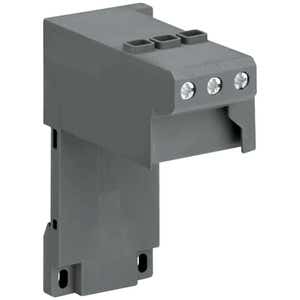



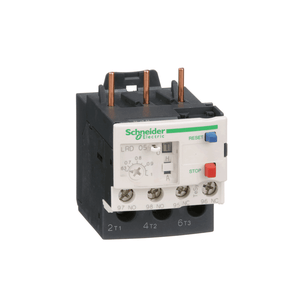













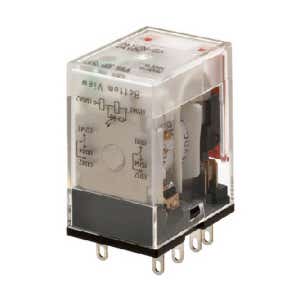

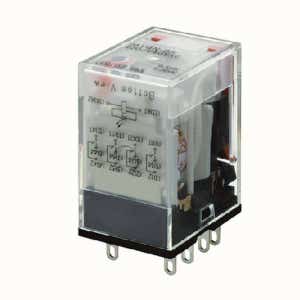
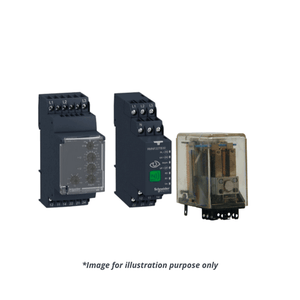

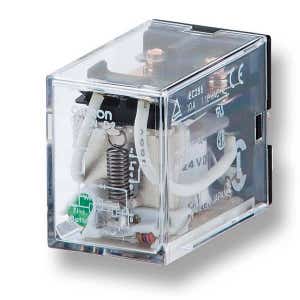


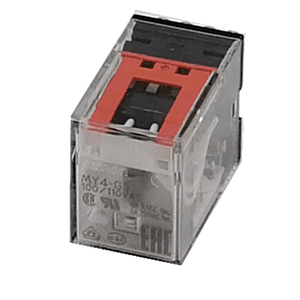


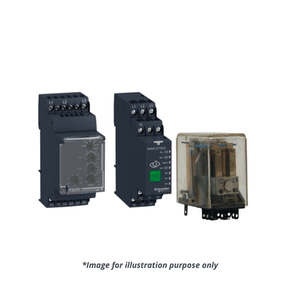
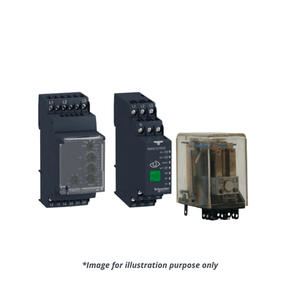
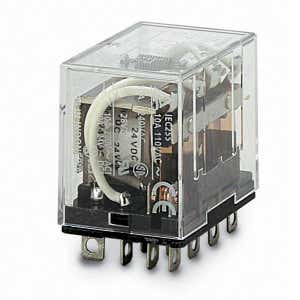

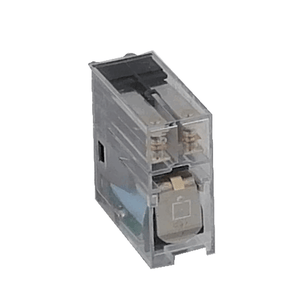
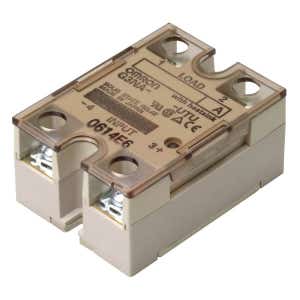

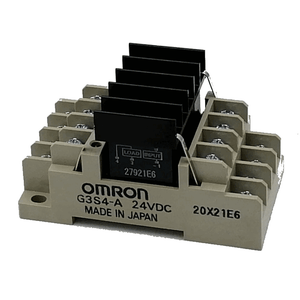
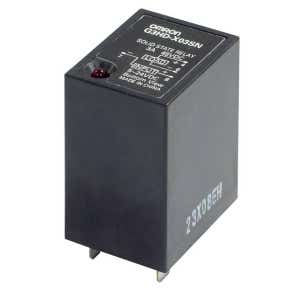

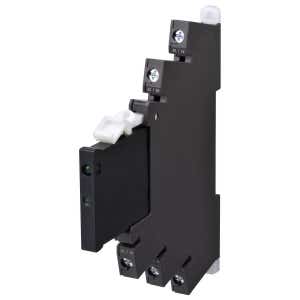
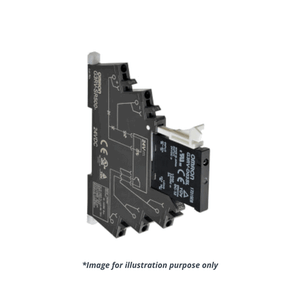

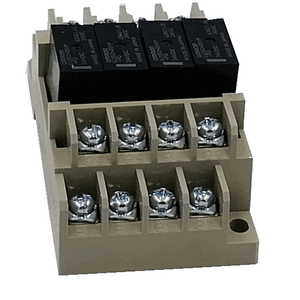
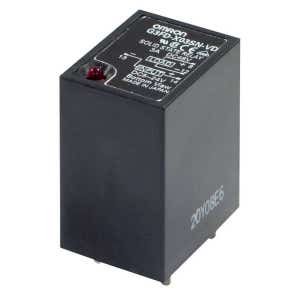
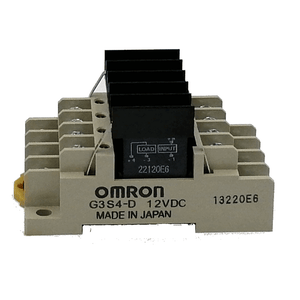
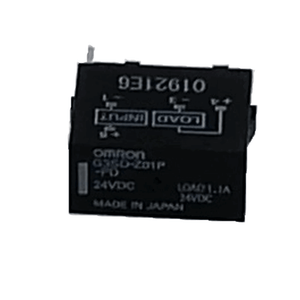
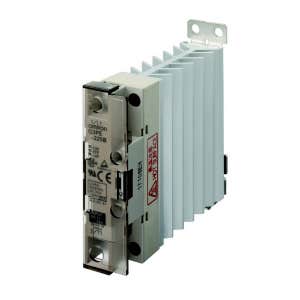
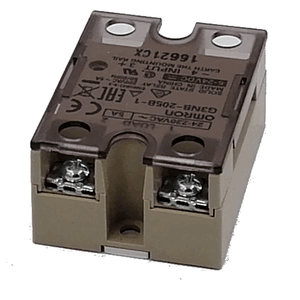
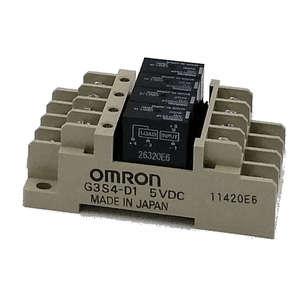
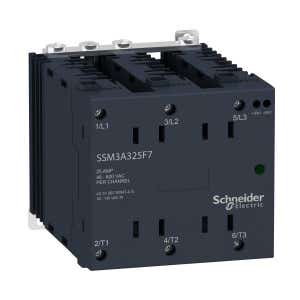
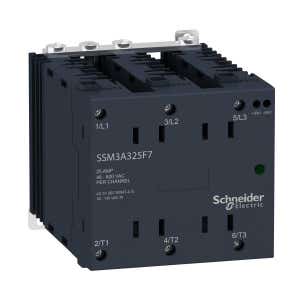



Share this article on social media